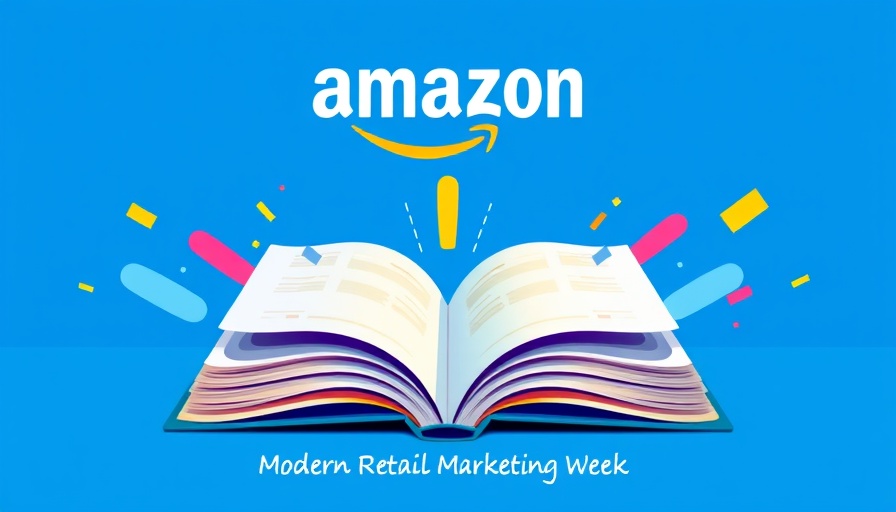
Understanding the New Landscape for Amazon Sellers
Amazon sellers are currently navigating a changing economic landscape marked by increasing prices and competition. As reported, the costs associated with sponsored product ads on Amazon soared by 48% from Q1 2019 to Q1 2025. With Amazon representing over 60% of the e-commerce volume in the marketplace, the rising advertising costs are prompting sellers to rethink their marketing strategies and focus on efficiency.
Reimagining Marketing Strategies in a Competitive Marketplace
Numerous sellers are responding to the pressures from rising tariffs and platform fees with agile marketing tactics. As predicted by industry experts, an increasing number of brands are diversifying their promotional channels beyond the traditional Amazon ads. This shift from heavy reliance on sponsored ads to a more integrated marketing approach includes utilizing social media campaigns, influencer gifting, and off-platform marketing efforts.
Ad Spend: The Shifting Focus Towards Efficiency
According to insights from various marketing experts, brands have started to allocate their budgets towards a full-funnel approach rather than just concentrating on bottom-of-the-funnel conversions driven by Amazon ads. This approach emphasizes the importance of brand awareness and consumer engagement throughout the purchasing journey. For example, Amit Dodeja, CMO of Spreetail, has emphasized the necessity for brands to maintain a versatile marketing strategy that captures attention at different stages of customer interaction, particularly through influencer partnerships and organic traffic generation.
Consumer Engagement Through Diverse Channels
Brands previously known for their heavy investment in Amazon ads are now reallocating part of their marketing budgets to boost their presence on social media platforms like Instagram, Facebook, and even TikTok. Recognizing that social commerce is on the rise allows sellers to build stronger connections with potential buyers, thereby enhancing brand visibility and loyalty.
Projected Growth of Amazon Advertising
As sellers navigate these changes, the overall growth trajectory of Amazon's advertising revenue continues to rise sharply. From sales exceeding $56 billion in 2024 to projections of over $85 billion by 2026, the data implies that while sellers may find individual ad costs prohibitive, the platform’s growth presents ongoing opportunities for targeted marketing. Leveraging this growth effectively requires small businesses to be nimble and strategic.
Final Thoughts on Marketing Adaptability
Amid these adjustments, sellers are becoming increasingly adept at wrangling sophisticated tools and techniques necessary for thriving in a more competitive marketplace. With influencers playing a pivotal role in brand perception, marketers are being challenged to cultivate authentic relationships with content creators who resonate with their target audiences.
In conclusion, being aware of the changing dynamics within the Amazon marketplace is crucial for sellers. Those adapting their marketing strategies not only increase their chances for sustained growth but also position themselves favorably amidst rising costs and competitive pressures. Strategic insights are not just beneficial; they are essential for any seller keen on thriving in this evolving digital landscape.
 Add Row
Add Row  Add
Add 




Write A Comment